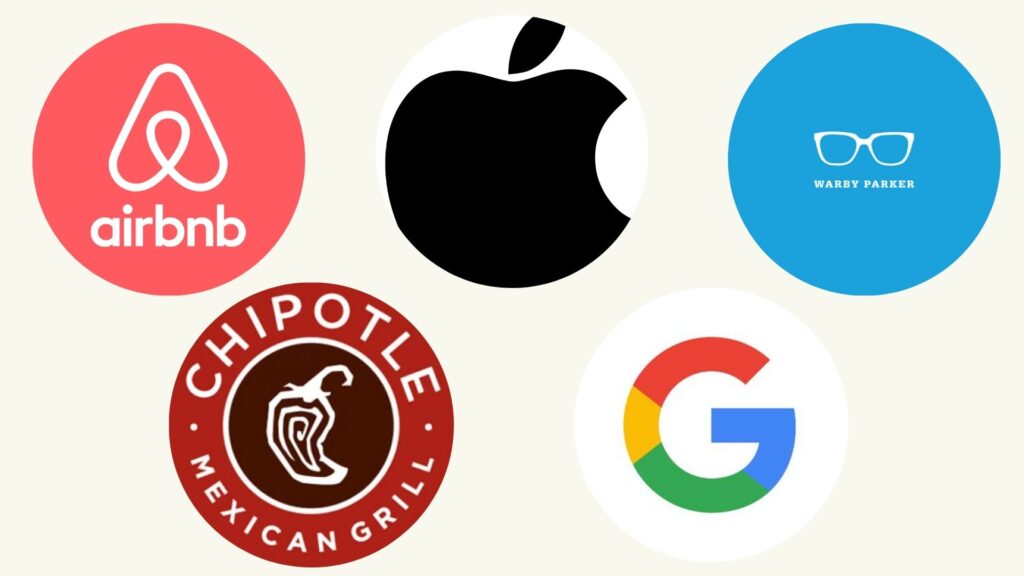Definition: A brand story is a cohesive narrative used by brands or businesses by incorporating facts and feelings to inspire an emotional reaction from the target audiences. Unline tradition marketing and advertising used for telling your story, brand stories are quite effective in activating emotions and communicating brand values.
What is Brand Story?
A brand story is a storytelling method that brands use for presenting themselves to the world and the way their target audiences perceive them. A good story should underline the reason why your brand exists. It should elicit an emotional connection with audiences to give the brand a competitive edge.
A brand story is collaboratively created by brands, their customers, employees, social media engagement, and more in modern times. While a brand’s narrative exists with or without a brand story, brands can lead their brand story in a favorable direction and gain control over it.
Importance of a Compelling Brand Story
Storytelling is a powerful tool to communicate brand messages and develop a connection that can lead to conversion and loyalty. It is a unique tool in what it can help achieve for a company. Some of its benefits are outlined below:
1. Communicates your cause
Any brand is hardly as simple as selling products and rolling out profits. Most brands have an inner reason for choosing to do what they do and help the community through their efforts. While this might be complex, a story is a perfect way to educate the consumers about a brand beyond the surface. It also helps build a deep connection with them to feel the need for your cause.
2. Helps connect with consumers
The goal of any brand story is to help build a strong relationship with its consumers. It humanizes the brand and makes it trustworthy. Through its brand story, it helps attract like-minded individuals to the brand. This fuels customer engagement and loyalty.
3. Gives a competitive advantage
Because a brand story can help a brand seem different from other brands, it becomes easier to have a competitive advantage over other brands in the field. As customers feel your brand is more transparent and credible, they will choose your products over others.
Key Elements of Good Brand Stories

Many brand stories fail to foster a sense of trust and reliability, hence failing to bring in brand success. Hence, brand stories are a little bit more complex than regular stories, but we’ll break them down into three simple parts:
1. Begin brand storytelling with a problem
Brand stories can show brands as problem-solvers. It should show how a product or service would improve users’ lives. The beginning of their story should highlight a problem in society, such as an ineffective method, lack of a product, slow results, etc.
2. Give a solution in the middle
Try to be transparent and honest in describing the complexities of the problem and all its effort to arrive at a solution. Also, describe the benefits of your solution rather than other shortcuts.
3. Pack an emotional punch and connect with the audience
Brand stories should have the ability to develop an emotional connection with the audiences, as human beings are driven by emotion. Your story should involve the audiences you are selling your product or service.
4. Tell the truth
It is important that the stories that brands share are true in a way that audiences believe that story is truly sharing the mission of the brand.
5. End with details of success and excitement about the future
The brand of a brand story should be the beginning of their success story. Bring in information about what your solution has done for society and what your brand strives to do in the future.
How to write a Great Brand Story?
Storytelling can help change your business. So how do you write one? – Below given easy steps will help you in creating a compelling brand story-
- Think about your USP s that you can turn into a story
- Find a hero or main character your users can relate to
- Give your main character a goal or desire
- Add a source of conflict or challenge that your hero overcomes to achieve the goal
- Make the process of the hero achieving the goal entertaining
- Let your hero develop over the story
- Make your story simple
- Keep innovating and refining your story
Brand Story Examples

1. Airbnb
For the brand Airbnb, their brand story is to bring about unique travel experiences by building a community where people can find accommodations that feel right at home. So, their story works by connecting affordable accommodations with travellers through a sense of community. It also gives tourism get a local flavour.
2. Chipotle
For Chipotle, its brand story is to create healthy, safe food by mixing fine dining qualities with fast food environments. It also aims to be respectful to environmental concerns, animals, and farmers. Their brand story works as it shows emotional concern for customers’ safety and health and provides a unique dining experience, unlike other healthy food chains.
3. Warby Parker
This eyewear brand uses its story to tell that it was founded as a rebellious upstart for handling the issue of expensive eyewear. It also partners with different nonprofit organizations like VisionSpring for distributing a pair of glasses to someone in need. They incorporate powerful copywriting and appealing photography on their social channels and sites to show how glasses are made. Their secret is telling the right story at the right time.
4. Google
Google’s story is all about emotional impact. It is all about advertising, but it does use its stories to share its search capabilities on the screen. In its stories, Google turns off the sales pitch, instead, it concentrates upon the human stories. It opts for minimal branding, and seldom uses any CTA. All its stories consistently share the message that it can change your life.
5. Apple
Apple storytelling is associated with the secret of taking a risk. Apple’s iconic ad of 1984 was created by the agency TBWA\Chiat\Day and Ridley Scott directed it. It was telecasted at the Super Bowl. The ad was based on George Orwell’s dystopian novel and it featured a British discus thrower as the woman who prevents the masses from mindlessly following a dictator on the screen. The ad test groups did not like this ad but Steve Jobs and Steve Wozniak loved the ad concept and they ignore the test group’s recommendations and aired the ad. The risk taken by them paid off, and even today, Apple’s 1984 ad is the powerful Super Bowl ad.
Conclusion
Great brand stories are one of the most effective ways of pulling in the attention of your audiences and compelling them to be your loyal customers.
Successful stories are well-crafted and emotional with engaging content and a relatable hero who shows that using that product or service improved their lives for the better.
What are your thoughts about the importance of a good brand story for any business? Share your opinion with us in the comment section below.
Pinky is an MBA in Marketing from the University of Mumbai. She loves helping people out in learning Marketing and sharing latest ideas and tactics for growing businesses.
